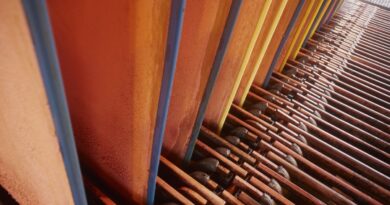TIN: Myanmar exports drop on major port closure
Chinese imports of tin ores and concentrates from neighbouring Myanmar dropped considerably in April as the closure of a major port prevented trade.
China imported some 15,811 tonnes of ores and concentrates in April according to the latest customs data. Some 60% of this material originated in Myanmar, totalling 9,448 tonnes. In tin terms, Myanmar contributed some 2,900 tonnes in April. However, this marks a significant drop for Myanmar, both in terms of total tonnage and market share.
Myanmar has typically commanded some 90% of China’s monthly tin concentrate imports since ITA began tracking the data in 2015. However, the country’s market share has been falling since late 2020.
China has looked to move away from sourcing solely from Myanmar, primarily due to supply disruptions associated with the COVID-19 pandemic. This has looked a prudent move, with further interruptions in April.
The major port of Menglian (Meng’a) was closed for over a month between 8 April and 10 May due to the local COVID prevention policy. Tin-in-concentrate exports from Myanmar dropped by some 57% month-on-month as a result. However, the drop in demand for tin concentrates was not limited to Myanmar. Total tin-in-concentrate imports in April fell by some 45% month-on-month.
According to local traders, smelters have begun turning away tin concentrate due to recent weakness in the tin price. Refined tin producers in the country struggle to hedge their output due to the structure and liquidity of tin futures contracts. Currently, smelters prefer to only produce material that has been purchased on long-term deals.
The lower domestic production in April resulted in a wide arbitrage between the SHFE and LME tin prices. This encouraged imports of refined metal into China, with some 3,280 tonnes passing through the country’s ports during the month. This is a recent record, last exceeded in September 2012. This also represented a 69% increase compared to March.
Demand for refined tin has deteriorated in China as the COVID prevention policy has locked down parts of the country. Weakness on the supply side has exceeded it so far this year – net imports are the highest since 2013. However, the arbitrage between the SHFE and LME prices is narrowing, with some traders already reporting that the opportunity has now gone.




